If you're looking for a more energy-efficient and cost-effective lighting solution for your home or business, then converting your 4ft fluorescent lights to LED is a great option. LED technology is rapidly improving, and it is now possible to find high-quality 4ft T8 LED tube lights that are brighter, more durable, and longer-lasting than traditional fluorescent lights.
In this article, we will walk you through the process of converting your 4ft fluorescent lights to LED. We will discuss the benefits of using LED lights, the different types of LED tubes available, and the steps you need to take to make the switch.
Table of Contents
- Why switch to LED lights?
- Types of 4ft T8 LED tube lights
- How to choose the right LED tube light
- Steps to convert 4ft fluorescent light to LED
- Benefits of converting to LED
- Troubleshooting common problems
- Maintenance and cleaning of LED lights
- Frequently asked questions
1. Why Switch to LED Lights?
LED lights are an excellent choice for a variety of reasons. They are more energy-efficient than traditional fluorescent lights, which means they use less electricity and save you money on your energy bills. They also have a longer lifespan, lasting up to 50,000 hours, which is about five times longer than fluorescent lights. LED lights also produce less heat, making them safer and more comfortable to use.
2. Types of 4ft T8 LED Tube Lights
There are two main types of 4ft T8 LED tube lights: ballast-compatible and ballast-bypass. Ballast-compatible LED tube lights are designed to work with your existing fluorescent ballast, which means you don't need to rewire your fixtures. Ballast-bypass LED tube lights, on the other hand, require you to remove your existing ballast and rewire your fixture. If you are interested to know about how to bypass ballast for LED t8, please check out this blog.
3. How to Choose the Right LED Tube Light
When choosing an LED tube light, there are several factors to consider. These include the color temperature, the color rendering index (CRI), the wattage, and the lumens. The color temperature refers to the color of the light, which can range from warm white to cool white. The CRI refers to how accurately the light shows colors. The wattage and lumens refer to how bright the light is.
4. Steps to Convert 4ft Fluorescent Light to LED
Converting your 4ft fluorescent lights to LED is a simple process that you can do yourself. Here are the steps to follow:
- Turn off the power to the fixture.
- Remove the fluorescent tube and ballast.
- Rewire the fixture according to the instructions provided with your LED tube light.
- Install the LED tube light.
- Turn the power back on and test the light.
5. Benefits of Converting to LED
There are many benefits to converting your 4ft fluorescent lights to LED. These include:
- Energy savings
- Cost savings
- Longer lifespan
- Better light quality
- Safer and more comfortable to use
6. Troubleshooting Common Problems
If you experience any issues with your LED lights, there are several common problems that you can troubleshoot. These include flickering, buzzing, and dimming. Flickering is often caused by a faulty LED driver, while buzzing is caused by a faulty ballast. Dimming can be caused by a faulty LED driver or insufficient wattage.
7. Maintenance and Cleaning of LED Lights
LED lights require very little maintenance, but regular cleaning can help keep them working at their best. To clean your LED tube lights, simply turn off the power and use a soft, dry cloth to wipe the surface of the tubes. Avoid using water or cleaning solutions, as this can damage the lights.
8. Frequently Asked Questions
-
Can I use LED tubes in my existing fluorescent fixtures?
- Yes, you can. You just need to choose the right type of LED tube that is compatible with your existing fixtures.
-
Is it difficult to install LED tubes?
- No, it's a straightforward process that you can do yourself.
-
How much money can I save by switching to LED lights?
- This depends on how many lights you have and how often you use them, but you can save up to 60% on your energy bills.
-
How long do LED tube lights last?
- LED tube lights can last up to 50,000 hours, which is about five times longer than fluorescent lights.
-
Are LED tube lights safer than fluorescent lights?
- Yes, LED tube lights produce less heat, making them safer and more comfortable to use.
Conclusion
Converting your 4ft fluorescent lights to LED is a simple and cost-effective way to improve your lighting and save money on your energy bills. By following the steps outlined in this article, you can make the switch to LED lights quickly and easily. Remember to choose the right type of LED tube, follow the installation instructions carefully, and enjoy the many benefits of LED lighting.









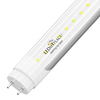
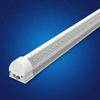
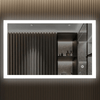


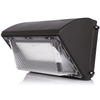


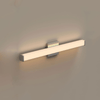




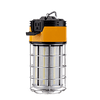
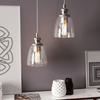


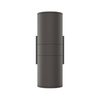










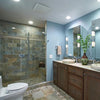
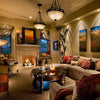
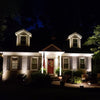
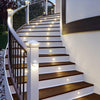

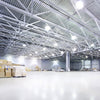
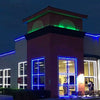


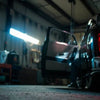
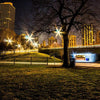

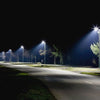




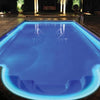
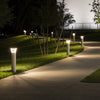
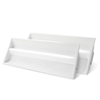




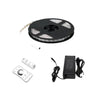


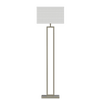

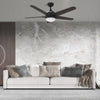

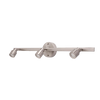

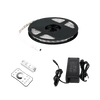


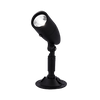
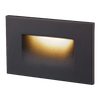




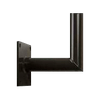
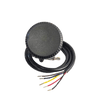
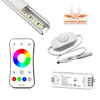


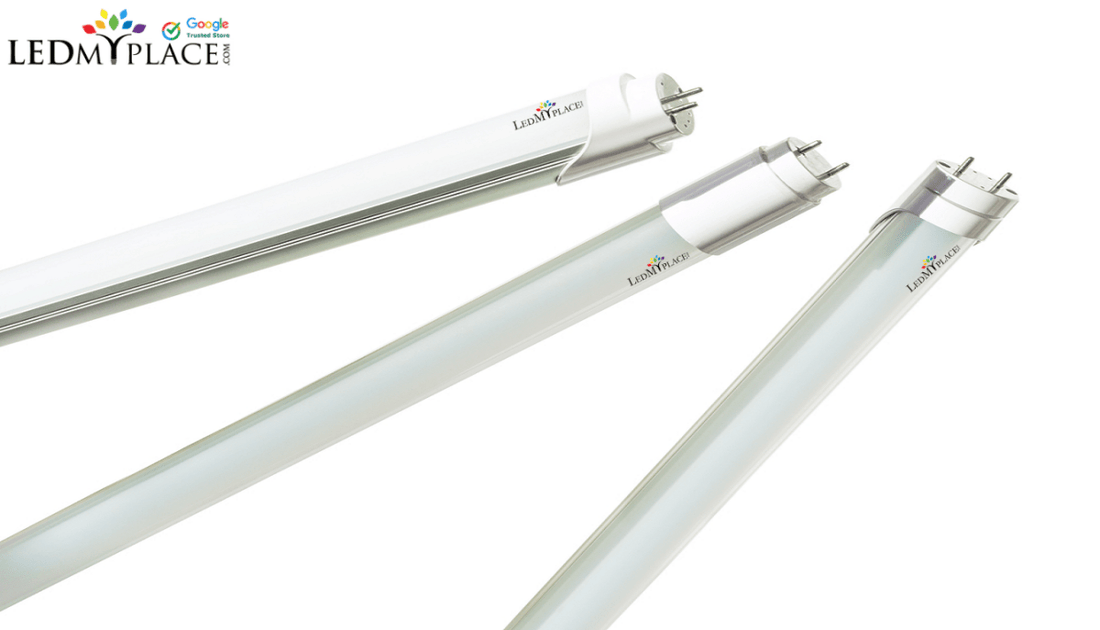
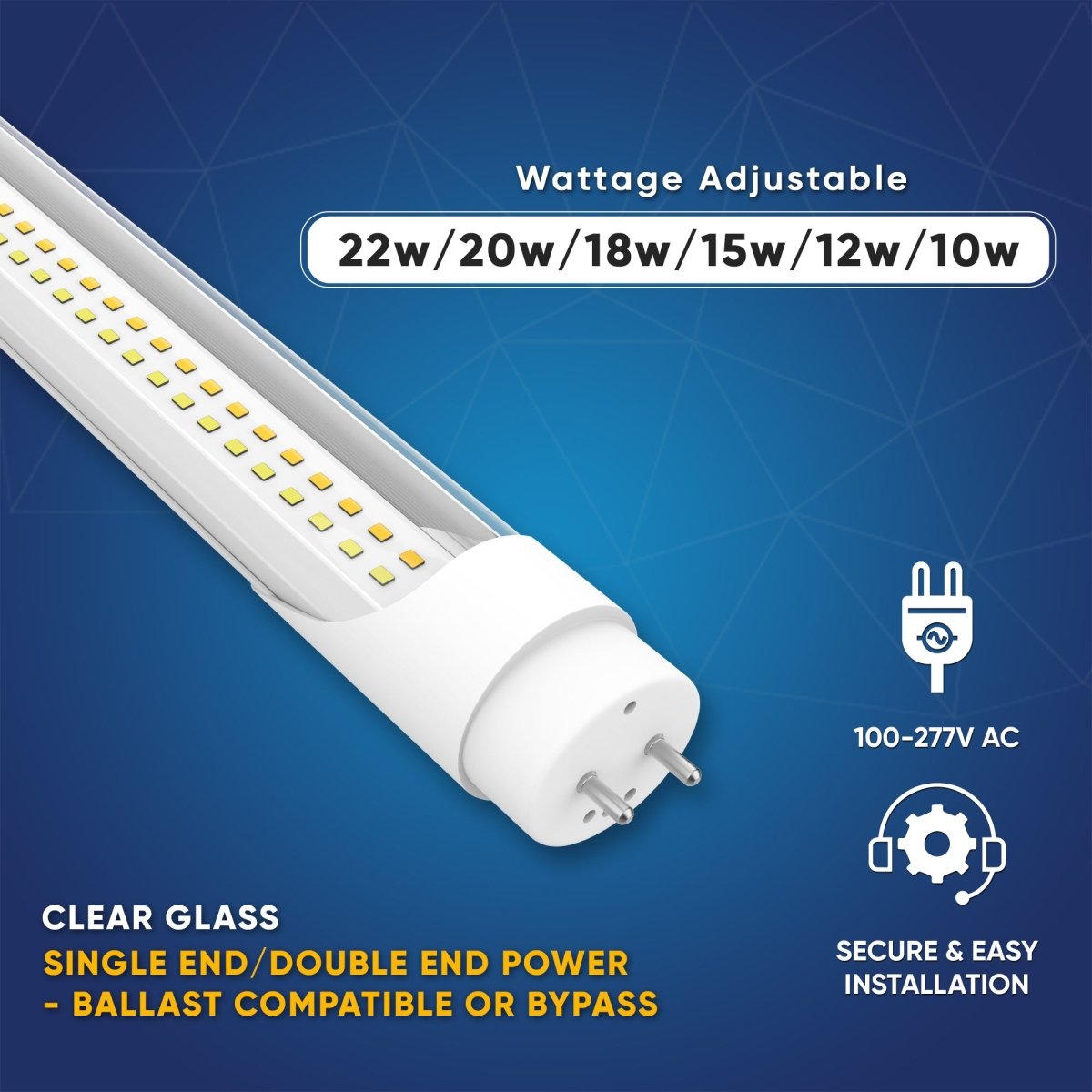
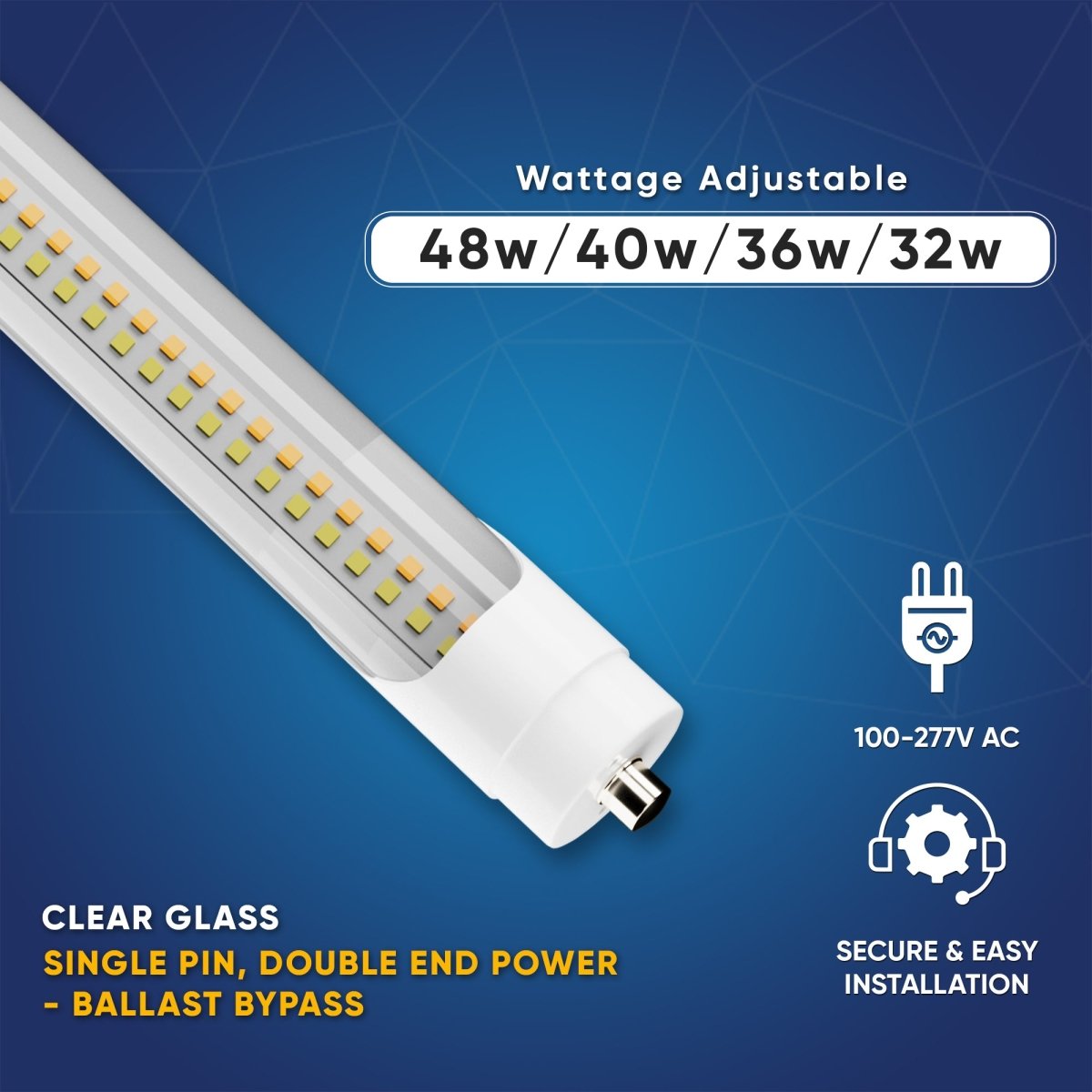
5 comments
Remove the ballast. Connect the wires properly.
Hi Kim,
You can replace the old fluorescent ballasts and bulbs with new Hybrid T8 LED bulbs that don’t require ballasts, simplifying the process and providing energy-efficient lighting.
Thank You.
LEDMyplace Team
I have a run of 8 four foot florescent lights, and all the lights went dead. So, will I have pull out all the old florscent ballasts and bulbs, then replace all new ballast and led bulbs ?
It appears that your assumption is likely correct. The brief flickering and subsequent turning off of the lights when you installed LEDs suggest that the fixtures are probably designed for fluorescent lamps. It’s common for LED and fluorescent fixtures to have different ballasts or drivers, and mixing them can sometimes result in compatibility issues. To be sure, you might want to consult the manufacturer’s specifications.
My neighbor gave me a set of 4’ shop light fixtures. I asked him if they were LED or flourescent and he didn’t know. So I put in asset ofLED’s to see if they worked. They cameon briefly flickered ans turned off. I’m assuming the fixtures are for fllurescent lamps. Any ideas ?